FORT BLISS, Texas - Soldiers from the 94th Engineer Battalion, based at Fort Leonard Wood, Mo., deployed to the United States - Mexico border in January to provide engineer support to the U.S. Border Patrol - Laredo Sector, in response to a request for Department of Defense engineer support. The detachment, comprised of 39 Soldiers from the battalion's 103rd Engineer Company, the 83rd Concrete Detachment, and its Headquarters and Headquarters Company, were tasked to construct approximately a mile of all-weather gravel road , three low-water crossings, improve drainage ditches and install guard rails near the Laredo, Texas, port of entry - the nation's busiest land port. The construction project, coordinated by Joint Task Force - North, is designed to enhance the mobility and safety of the Border Patrol agents responding to suspected illegal activities along the border. JTF-N is a U.S. Northern Command element under the operational command of U.S. Army North. "Our mission is to the secure our nation's border," said Chuck Prichard, public affairs officer, U.S. Border Patrol - Laredo Sector. "To accomplish our mission, the Laredo Sector has 2,000 agents patrolling 171 miles of border and 101 counties in Texas." The engineer mission site is a well-known drug and alien smuggling corridor that is patrolled 24 hours a day. The project is a continuation of the Laredo Sector's border infrastructure engineer support program. Since 1999, JTF-North has initiated seven engineer support missions in the area surrounding the port of entry. "In 2009, the U.S. Border Patrol - Laredo Sector seized approximately 225,000 pounds of marijuana, 1,800 pounds of cocaine and apprehended nearly 41,000 persons who entered the country illegally," said Prichard. "The new road will help us interdict those illegal activities." In preparation for the mission, 94th Eng. Bn. leaders conducted a site visit 60 days prior to their deployment. The mission commander and his key staff toured the mission site with the JTF-North engineer mission planner, coordinated with the Border Patrol infrastructure program manager, and reviewed the project plans with the U.S. Army Corps of Engineers representatives. In coordination with the unit, the JTF-North mission planner identified all mission execution requirements during the planning process, to include: billeting, transportation, equipment and other mission support needs. "JTF-North billeted the Soldiers at local hotels, provided contracted breakfast and dinner meals at a Laredo restaurant and provided the required engineer equipment and maintenance support," said Maj. Allison Day, JTF-North engineer mission planner. For lunch, the Soldiers were treated to Meals Ready to Eat. In accordance with DOD policy, the JTF-North support missions must provide a training benefit to the unit or make a significant contribution to national security. "The JTF-North missions provide volunteer units with real-world training opportunities that allow them to train in 90 percent of their wartime mission tasks - the unique mission environments are especially beneficial for engineer units," said Day. During the mission, the 94th Eng. Bn. Soldiers were exposed to severe Texas rain storms, discovered and properly reported an archaeological site, and gained valuable experience in dealing with environmental considerations along a waterway. "In an off-post mission like this, we encounter many different aspects of the mission that we are not used to; it is a completely different environment," said 1st Lt. Daniel Sunden, the engineer mission commander. "There are a lot more things involved, many of which you don't find in our field manuals." The greatest training benefit realized by the unit, he said, resulted from the experiences gained from working with civilians, the supported law enforcement agency, other support organizations and the local community. "The JTF-North mission is an awesome training opportunity. I highly recommend it," said Sunden. In contrast to the unit's past experiences in military training or combat environments, the JTF-North engineer support mission afforded the engineers an opportunity to do a project using highly detailed design plans that complied with all mandatory engineering standards. "We actually had plans and professionals on the ground - from Baker Engineering and Army Corps of Engineers - to assist us," said Staff Sgt. Ray Bevins, project noncommissioned officer in charge. "This is something that we wouldn't have someplace else." The mission was also valuable in that it provided many of the newer members of the unit the opportunity to practice their craft out in the field. "A lot of our Soldiers are new, just out of (advanced individual training) and have not been (deployed) down range so they have not worked with sand, just Missouri clay," said Sgt. John Mason, project safety noncommissioned. "Here, they are getting the training that they need, in a safe environment, where they don't have to worry about the tempo of the mission being so fast like on a deployment." The mission paid off in that it provided a definitive sense of accomplishment for the participants as well. "This real-world mission gave us a chance to do something good for our country instead of doing normal training," added Bevins. "We used our training to help the Border Patrol secure our nation!" The unit deployed from Fort Leonard Wood via military airlift to Laredo and used rented commercial equipment supplied by JTF-North that was similar to its organic equipment. Prior to starting the mission, all Soldiers underwent and successfully completed mandatory legal, safety and environmental training. Per DoD policy, JTF-North engineer support missions are restricted to the Southwest border. JTF-North funds most mission-related requirements, and the supported law enforcement agencies pay all engineer materials costs. The unit redeployed to Fort Leonard Wood on Mar. 7. For more information on JTF-North, visit the command's website: www.jtfn.northcom.mil.
JTF-NORTH SIDEBAR: JTF-North, based at Fort Bliss, Texas, is a joint service command comprised of active-duty and reserve component Soldiers, Sailors, Airmen, Marines, Coast Guardsmen, Department of Defense Civilian employees and contracted support personnel. All military support for homeland security is based on support requests submitted by the federal law enforcement agencies. Assuming the support is appropriate and in compliance with the statutory guidelines for the domestic employment of military forces, JTF-North seeks military units to volunteer to provide the requested operational support. Once a unit volunteers, JTF-North facilitates mission planning and execution with the unit and the supported agency. JTF-North engineer support missions consist of: road construction and improvement, border perimeter lighting installation, border fence construction, vehicle barrier construction, and mobility construction. Engineer support missions are long-term operations that are planned one to two years before execution and can consist of multiple phase operations that may take several months or years to complete. Department of Defense policy restricts JT- North engineering support only to the Southwest border. JTF-North border engineer support missions have been conducted primarily near: San Diego, Calif.; El Centro, Calif.; Yuma, Ariz.; Nogales, Ariz.; Naco, Ariz.; Douglas, Ariz.; Columbus, N.M.; El Paso, Texas; Van Horn, Texas; Eagle Pass, Texas; Del Rio, Texas; and Laredo, Texas.
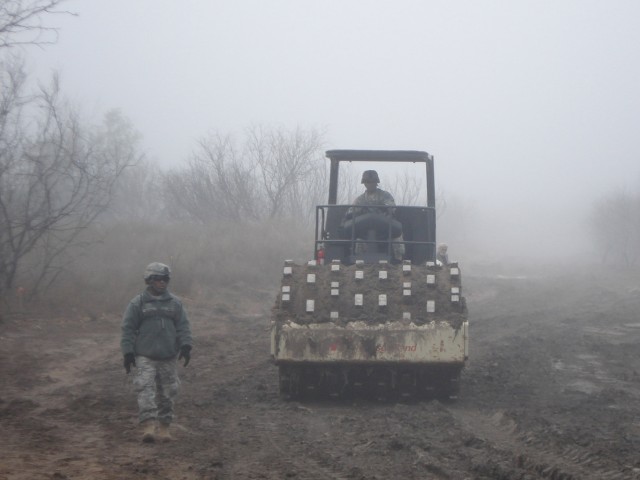

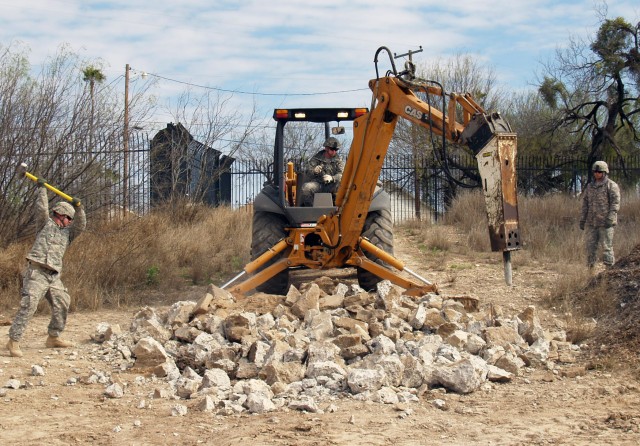
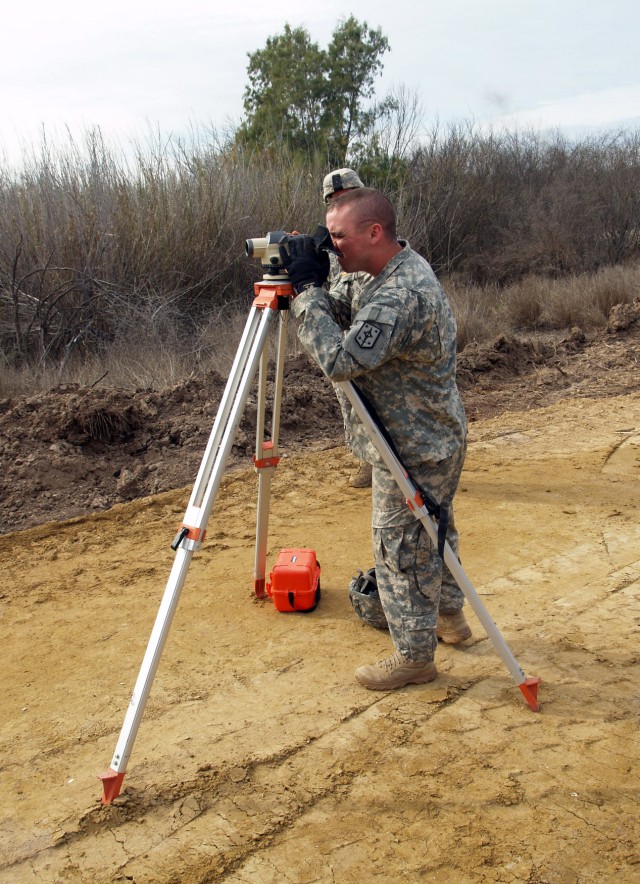
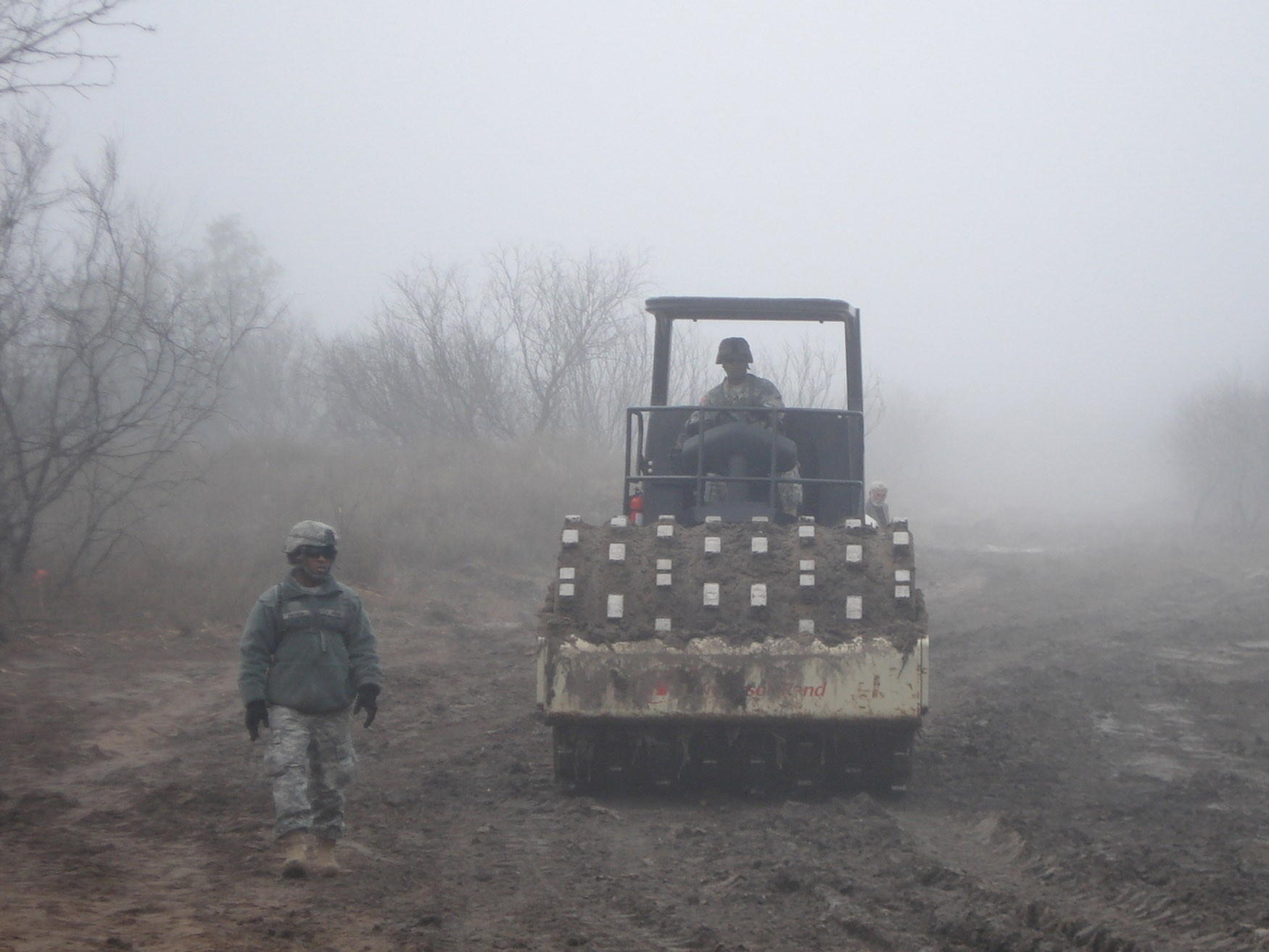
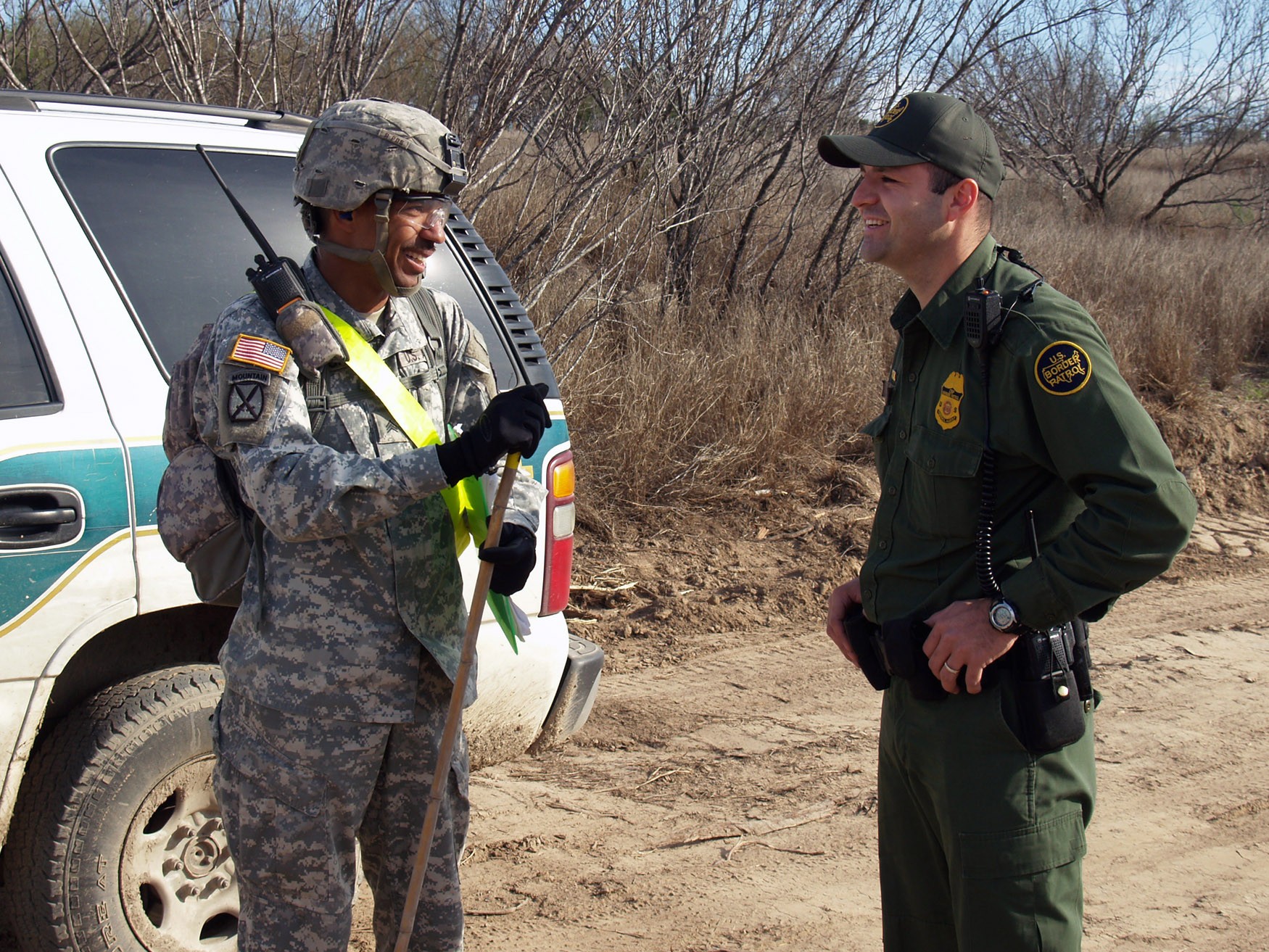
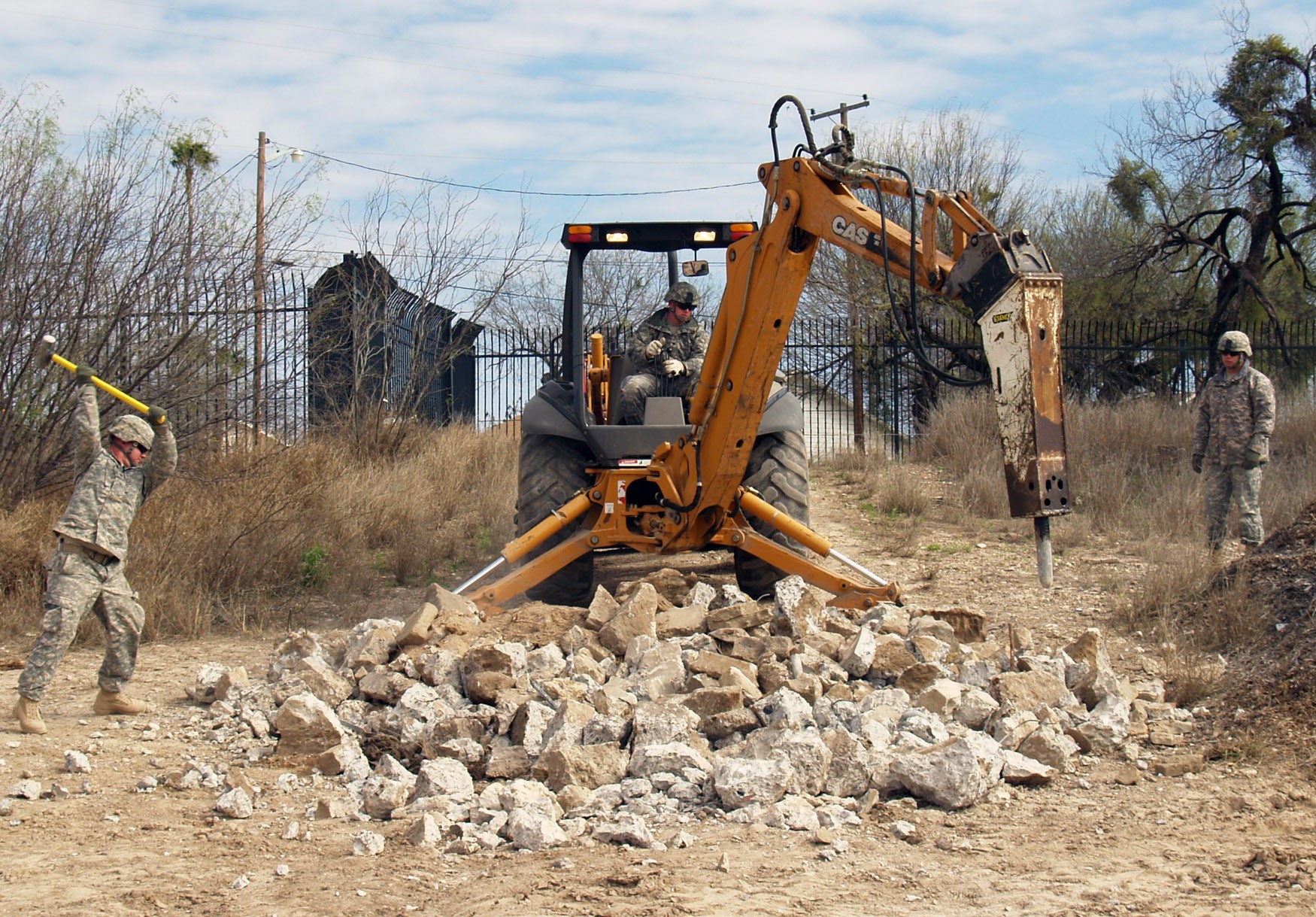
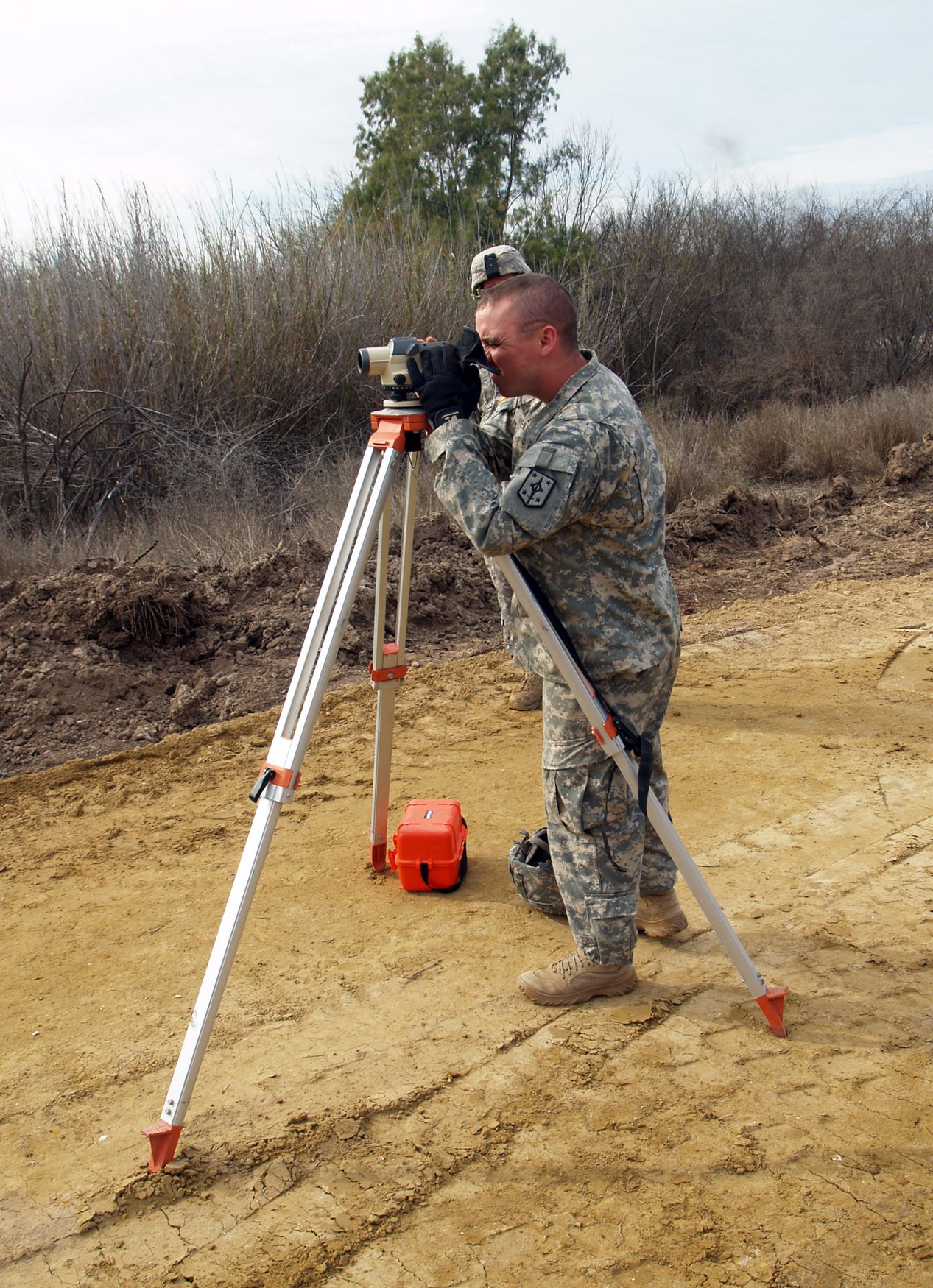
Social Sharing